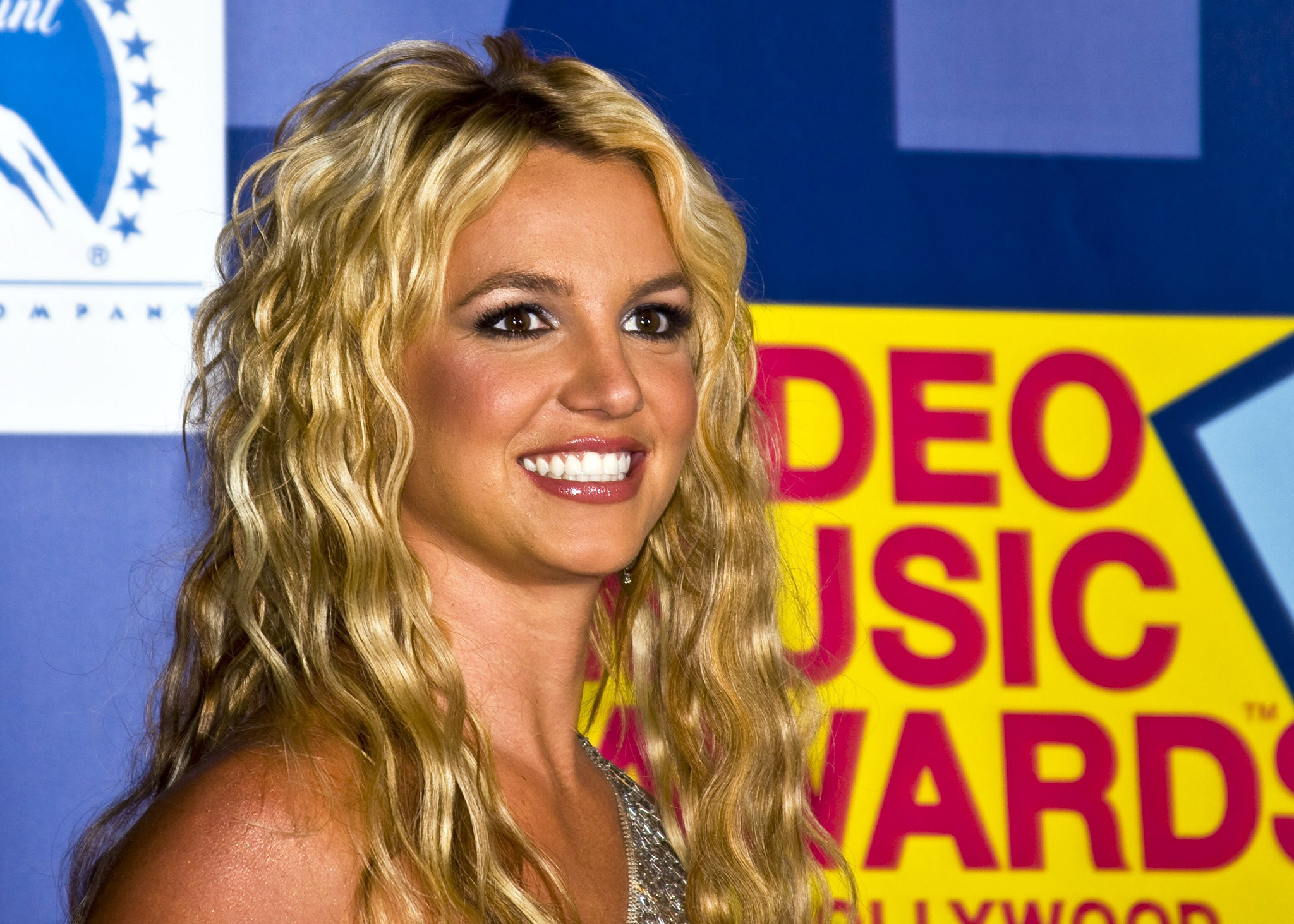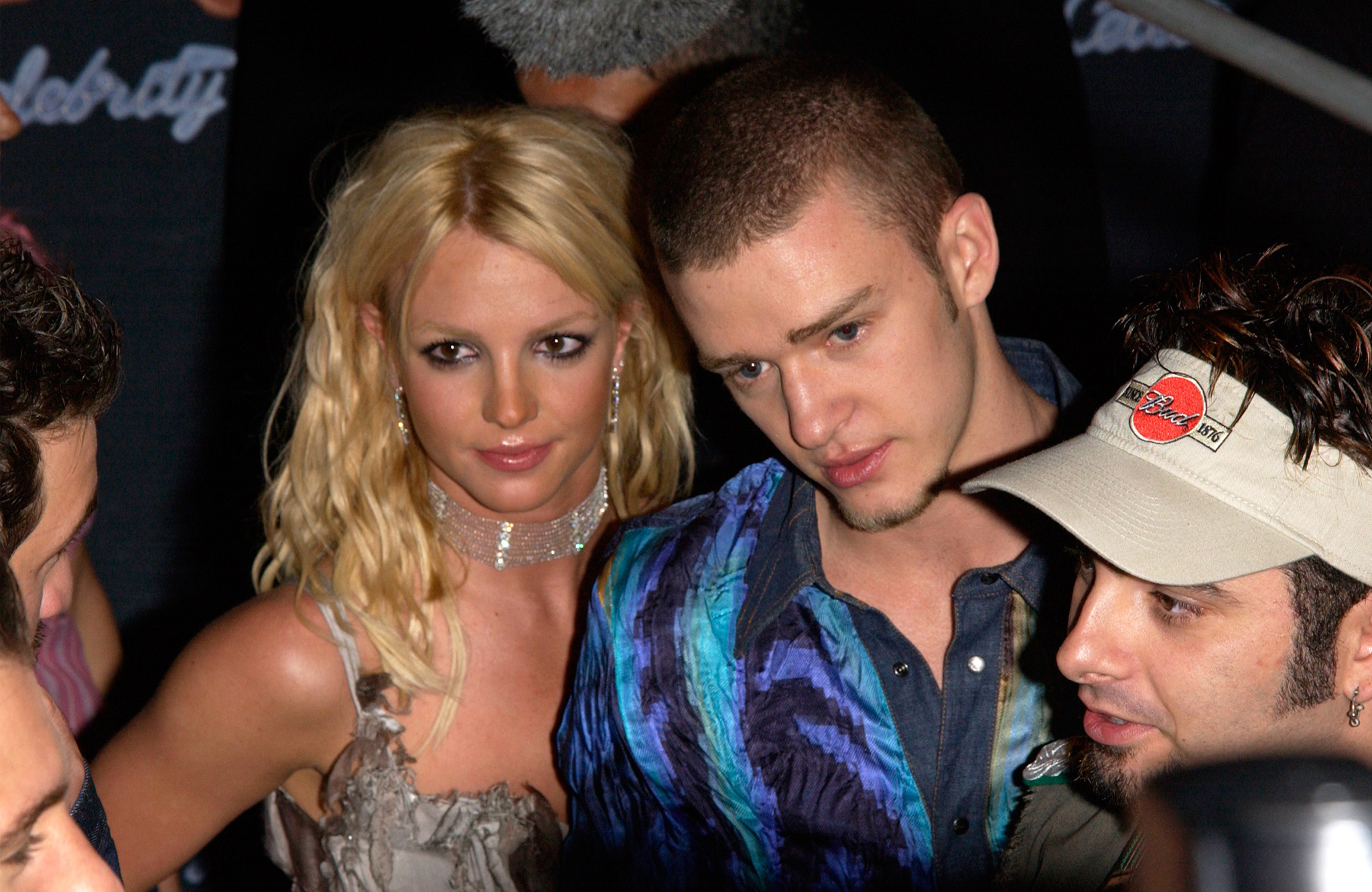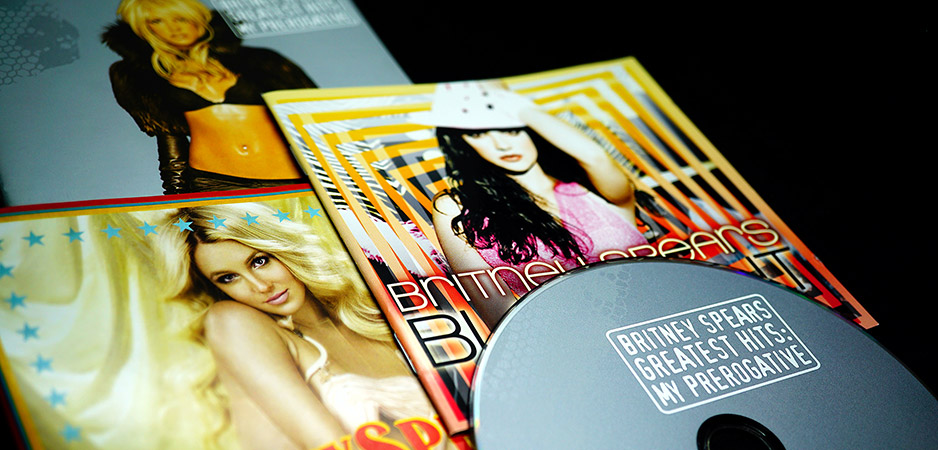Self-annihilation is a constituent part of many celebrity careers. While some actors or singers slide smoothly from one success to another, hardly pausing for the occasional misadventure, others are ruined, occasionally by others but much more usually by their own devices.
Frankie Lymon’s Tragedy
The archetype is not in today’s celebrity culture, nor anywhere near it actually. Frankie Lymon was an astounding talent from Harlem who, in 1956, surged into the public consciousness courtesy of the then-new medium of television. Lymon was 13 when he and his band, The Teenagers, announced themselves with the single, “Why Do Fools Fall in Love,” which was released within weeks of Elvis’ “Heartbreak Hotel.” Lymon sang and co-wrote the single, which was a sensational hit in North America, Britain and practically all over Western Europe despite nine competing cover versions (and several more in later years).
Lymon was as near-ubiquitous as it was possible to be in the late 1950s. He and his band toured Europe as well as the US. At the same age, Michael Jackson was, in 1971, launching his solo career with his first single, “Got To Be There,” and comparisons are justified. Like Jackson, Lymon was young, black and gifted with a voice that had the fragility of youth but the depth that typically accompanies maturity. He also moved like a pro dancer and radiated confidence onstage. His timing was perfect: He arrived at the stage in history when rock’n’roll was forcing music’s equivalent of a paradigm shift, creating an entirely new grammar and syntax for a postwar generation with disposable income and time to spare.
The media hastened his downfall as well as his rise. When he danced with a white girl on a TV show, the show was canned amid a national furor. America’s practice of separating blacks and whites, known as Jim Crow laws, had been violated. But there was a more chilling and premonitory determinant in his decline. Lymon was using heroin at 15. He was dead by 25.
Lymon’s decay and death went relatively unnoticed. By 1968, his records were no longer selling and, in the mid-20th century, neither audiences nor the media were ready to share vicariously in the kind of degradation they now find fascinating. But Lymon was one of those child stars who unraveled in a way that revealed a moral. I’m not sure exactly what it is, but there seems to be too much meaning in his story to neglect. As with so many talented young people who rise and enjoy precocious success, their dream can suddenly turn into a nightmare of disillusionment.
Britney Spears’ Bad Dream
Britney Spears’ nightmarish ordeal has become a story told and retold by countless magazines, newspapers and broadcast media. Once a dominant and ascending force in pop culture, Spears, who was born in Louisiana, was 8 years old when she was turned down for Disney’s “The All New Mickey Mouse Club” because she was too young. She returned three years later and landed a permanent spot, along with Christina Aguilera and Justin Timberlake, both of whom went on to have adult careers in music and movies. The show was canceled in 1991, leaving Spears to pursue a singing career.

At 15, she got a record deal, and in 1998, she released “…Baby One More Time.” It was her first single and made her an international phenomenon. In the accompanying video, Spears appeared dressed as a teenage schoolgirl, replete in uniform, but with provocative dance moves. The sight probably made audiences smile nervously. Her second album, “Oops!… I Did It Again,” came out in 2000, turning Spears into a legitimate rival to Madonna as the world’s leading diva.
She seemed to hold all the cards too. Spears was 20 when she signed a huge endorsement deal with Pepsi in 2001. Madonna was then in her early 40s. Two more multimillion-selling albums put Spears in position to conquer the world. In 2002, Forbes magazine called her “the world’s most powerful celebrity” with earnings of about $40 million a year. But then her story arc began to warp.
After huge success with “Toxic” in 2003, record sales began to slip and she seemed to recede from public view. The next time she made big news was in 2007 when pictures of her shaving her head with a hair clipper surfaced. “Meltdown,” caterwauled the headlines as describing an accident in a nuclear reactor. In fact, Spears had been denied access to her two children by her ex-husband, Kevin Federline, shortly after a spell in rehab — for what is not clear. Spears denied she had a drinking problem, though some said she had been drinking and taking pills since she was 13.
Spears grew increasingly impatient with paparazzi. In 2008, Spears’ erratic behavior reached the courts and her affairs were placed under a court-ordered conservatorship (i.e., guardianship), meaning her father should manage her affairs during her incapacitation. Whether or not she was incapacitated is a matter of conjecture. Clearly her fans thought not: They started an online campaign to #FreeBritney.
Earlier this year, a TV documentary, “Framing Britney Spears,” reduced the singer, who is 40 in December, to tears. Forbes currently reports her net worth to be $60 million.
When We Stop Clapping
Frankie Lymon and Britney Spears: different ages, different audiences and different kinds of tragedies. But they were both based on hijacked adolescence. We can add more doomed child stars: Lindsay Lohan, Macaulay Culkin, Corey Feldman, Gary Coleman. There’s almost a sacrificial element to a childhood in showbusiness. Some, like actors Kristen Stewart, Daniel Radcliffe and Natalie Portman, have navigated a smooth passage into adulthood and triumphed handsomely. But most child stars seem to be candidates for a dysfunctional adulthood.
Why? The “lost childhood” argument is too crass to be useful. Michael Jackson’s perplexing middle age is sometimes explained in these terms. There is certainly an intellect-lite plausibility to the idea that children need to develop emotionally and psychologically through various stages and fame interrupts their progress. Jackson was 8 when his father added him to the lineup of the Jackson 5 and encouraged him to reach for the skies rather than settle for an ordinary earthbound life. He spent the rest of his life reaching. Or perhaps just clinging to the rope ladder to the stars left him by his monstrously pushy dad.
We, the audience, decide whether it’s sweet dreams or nightmares for child stars. When you think about it, the relationship we have with abundantly talented kids is much like visitors to a circus who delight in watching seals perform tricks and elephants stand on their hind legs (I doubt if they are allowed to feature this nowadays). We are not tempted to inquire too deeply into how the objects of our fascination are trained or coaxed into performing. And, when the act is finished, we do not try to wring any meaning from the drama — we just clap. We eventually stop clapping; when we do, it is not the end of the world for us, though it may be for the animals and the aggrandized humans.

Most kids do not expect adulation and the kind of applause child stars thrive on. They seek mundane rewards like the approval of friends, casual sex, the means to buy alcohol and enough money for fashionable clothes or a down payment on a car. Customary rites of passage typically involve getting laid, wasted and arrested. All three and you are a grownup.
The passage to adulthood for child stars is different. They typically have more money than they can spend, all the clothes, cars and anything else they want, and they have adult friends. Peers are almost inevitably replaced by fellow professionals. Unlike most other adolescents who are indifferent to what the world thinks about them, child stars depend on the admiration and acceptance of an audience. When both of those disappear, it must seem like a termination of life rather than a showbiz career.
*[Ellis Cashmore is the author of “Kardashian Kulture.”]
The views expressed in this article are the author’s own and do not necessarily reflect Fair Observer’s editorial policy.
Support Fair Observer
We rely on your support for our independence, diversity and quality.
For more than 10 years, Fair Observer has been free, fair and independent. No billionaire owns us, no advertisers control us. We are a reader-supported nonprofit. Unlike many other publications, we keep our content free for readers regardless of where they live or whether they can afford to pay. We have no paywalls and no ads.
In the post-truth era of fake news, echo chambers and filter bubbles, we publish a plurality of perspectives from around the world. Anyone can publish with us, but everyone goes through a rigorous editorial process. So, you get fact-checked, well-reasoned content instead of noise.
We publish 2,500+ voices from 90+ countries. We also conduct education and training programs
on subjects ranging from digital media and journalism to writing and critical thinking. This
doesn’t come cheap. Servers, editors, trainers and web developers cost
money.
Please consider supporting us on a regular basis as a recurring donor or a
sustaining member.
Will you support FO’s journalism?
We rely on your support for our independence, diversity and quality.






